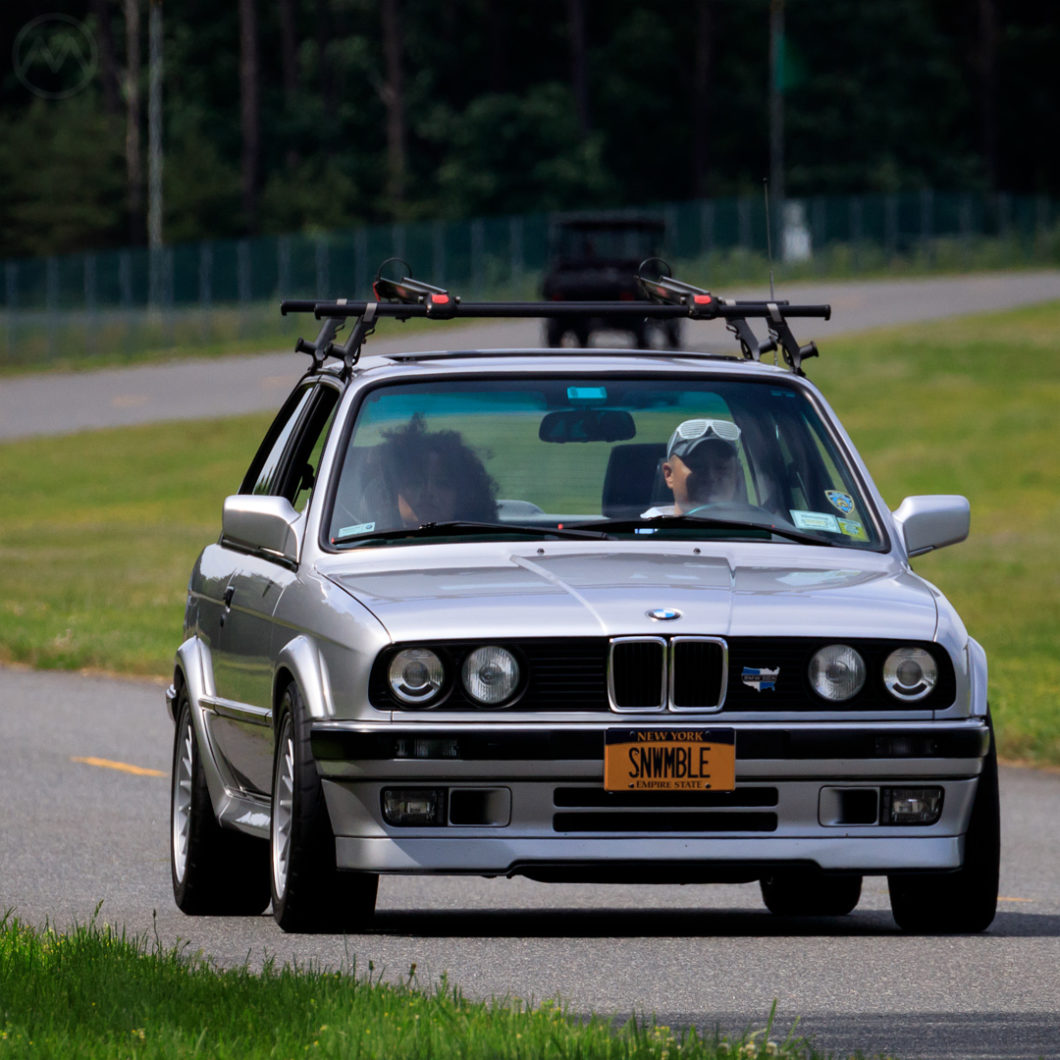Some months ago, we looked at the BMW E30 Touring, noting that the all-wheel-drive E30 325iX was worthy of its own story – and here we are with Anthony R.’s excellent iX.
325iXs are rare, and especially U.S.-spec ones; fewer than 3,000 were sold in the U.S. over four model years (1988-91) – about 60% of U.S. M3 sales and less than 10% of iX production.
Both the M3 and the iX bowed at the 1985 Frankfurt show, although the iX was called the “325i Allrad” before the name as appended to “iX” for production in early 1986.
The U.S. would not get the iX until the very end of 1987 (as a 1988 model) and then only with a limited lineup (no Touring), but the car was a landmark – BMW’s first all-wheel-drive car.
Audi Vs. BMW
Undoubtedly influenced by Audi, the 325iX wasn’t aimed at the low-production Ur-Quattro coupe but instead at its volume-production relatives – the 80/90 Quattros (the Audi 4000 in North America).
BMW started from a different place – a rear-drive platform, and wanted to preserve the existing E30 traits (in particular it’s excellent handling). Thus it took a different approach to engineering the AWD system than Audi, choosing viscous couplings in the center and rear differentials and a base 37/63 torque split, mimicking the percentage of weight on the front and rear wheels under full throttle.
Audi’s more flexible system used mechanical diffs and later a torsen diff which could adapt more broadly to conditions. The BMW, however, was a sharper handler than the B2 or B3 80/90 Quattros.
The addition of the forward drive components necessitated numerous under the skin changes to the front suspension (like moving the struts, steering rack, and anti-roll bar), tweaking the E30’s ABS system, and adding tiny increases in ride height and track width. The AWD system added just 145 lbs. to the car.
Not slippery when wet
Very little of this was evident to the driver until the road turned wet. The iX was just like a regular E30 but firmly planted and just as stable in the snow or rain as on dry road (something the regular E30s were not).
Externally there was also little visual difference from the rear-drive E30s – U.S. models got 15″ basketweave wheels, fender flares, and skirts – easily identifiable up close but invisible from a distance. As the badge implied, power came from the M20 2.5L six.
For the first year in the U.S., the iX came only as a 2-door, with 4-doors added in 1989 (the Touring was never sold here in any form).
They were essentially fully-loaded like a well-specced rear-drive 325iS and they did not come cheap – nearly $33K and $4,400 more than the iS.
The iX famously became the darling of BMW-philes who lived in Colorado and yuppies who weekended at Killington, but its high price and limited availability (BMW did not allocate very many for the U.S. market) meant it was short-lived and rarely seen in the U.S.
The last ones were imported in late 1991, and AWD did not return to the 3-series until the E46 in the late 90s.
Because the iX is seldom seen, that meant waiting for a good one, and there are few better than this. You can see more of Anthony’s 325iX on instagram at @snwmble.

